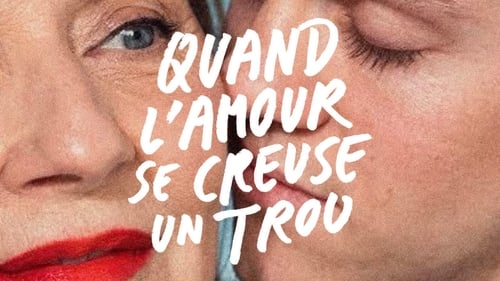
Director
Featuring enigmatic, hand-processed images, and an a capella vocal with electronic processing, Istashraktak is a 16mm film created to accompany Jerusalem In My Heart’s Qalaq album track “Istashraktak.” When the album’s instrumental version is played together with the film, they combine to complete a vocal version of “Istashraktak.” The film is equally intentional with the stand-alone vocals.

Director
Vertiginous masses of carved limestone give way to an ecstasy of light and living color through an alchemical spell of elemental transformation. Hierarchies dissolve as the transient quotidian inspires the monumental. Dans les Cieux et Sur la Terre was shot and hand-processed entirely on 16mm reversal films, with all of the composite images created in-camera.

Director of Photography
Рене появляется в родной деревне Сент-Анн после долгого отсутствия. Брат с женой воспитывают ее дочь Афину как свою, и возвращения блудной матери никто не ждал. Взаимное напряжение растет, копившиеся годами вопросы ждут ответов.

Lighting Production Assistant
Montreal, June 1995. Miron is a young delinquent who parties instead of going to school. His parents, both university professors, force him to move to the countryside in the hope that the remoteness of the city's distractions would allow him to concentrate and eventually succeed in high school. After a week at the cottage, Miron meets Florence, a 73-year-old neighbor. It's love at first sight between the two. Strongly in disagreement with this romance, Miron's parents forbid her to see her beloved 56 years older. But Miron, determined to live this love story to the end, will make every effort to see Florence again.

Director of Photography
This film, produced by the Canadian Centre for Architecture, explores the controversial story of the planning and politics of a series of overpasses on the parkways of Long Island, commissioned in the 1920s and 1930s by the influential American public administrator Robert Moses. The story suggests that these bridges were designed to prevent the passage of buses, thereby only allowing people who could afford to own a car to access Long Island’s leisure spaces. The film investigates the story and the ongoing academic debate that it spurred through interviews with four scholars who in the 1980s and 1990s discussed interpretations of the design. The questions that the film raises engage with issues of secrecy and control, the morals of power and the effects of technology.




